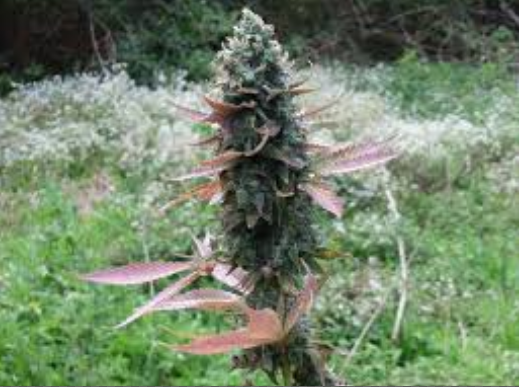Outdoor MJ Growing Guide: Basics for Beginners
This article covers the fundamentals of growing MJ outdoors, focusing mainly on the temperate continental climate of central Russia. This climate is characterized by high humidity, unpredictable rainfall, long winters, short summers, and a lack of consistently sunny, hot days. These factors make it difficult for regular and feminized strains to fully mature. Therefore, it’s best to use autoflowering or fast-flowering strains, which you can purchase from growers specializing in these types.
Outdoor growing has its pros and cons compared to indoor cultivation. The main advantages for me are enjoying the fresh air and saving on electricity—there’s no need for grow boxes, ventilation, or filters. However, there are also downsides. If you choose an unsafe location, you risk losing your harvest. Even in a seemingly secure spot, there’s always a risk. There’s also the possibility of being caught by the police, so never tell anyone about your grow. Another downside is the yield: autoflowers outdoors will produce much less than indoor plants. High humidity and pests are your main enemies in this region.
Choosing a Location
Ideally, your grow spot should be outside the city. Mark potential locations on a map and visit them to choose the best one. Avoid lowlands and swampy areas, as high humidity during flowering can cause mold. Don’t plant near forest edges, as mushroom pickers might find your plants. Make sure there are no trails nearby. Your spot should get sunlight all day, as this directly affects your yield. Try to use different paths to and from your site to avoid creating a visible trail.
What You’ll Need
- Seeds: Choose autoflowering or fast-flowering strains.
- Soil: I use nutrient-rich “Fasko” soil mixed with vermiculite and agroperlite in a 70/20/10 ratio.
- Water containers: Bottles, jugs, or kegs—whatever you prefer.
- Pots: Some people dig holes and fill them with their own soil, but I prefer pots to avoid direct contact with native soil and for easier relocation if needed. For autoflowers, 5-liter pots work well.
- Fertilizers: You’ll need minimal amounts. The soil mix is enough for the vegetative stage. For flowering, use any basic bloom fertilizer (like Etisso Red or Hesi Bloom) or just monopotassium phosphate (MKP). At the end of flowering, use a mix of MKP and magnesium sulfate. This mix is similar to Ripen but more budget-friendly. Always dissolve MKP first, then add magnesium sulfate to avoid precipitation. Feed once or twice a week. If it rains a lot and the soil stays wet, don’t water additionally. If the soil is muddy, let it dry out to prevent root rot. If rain is constant and water doesn’t drain, make a shelter over your plants using greenhouse film and wooden stakes.
- Phytosporin: Available as powder, paste, or spray. It’s used to prevent mold and is non-toxic. Spray your plants thoroughly every 2-3 weeks.
- Pest control: The main pests are slugs, caterpillars, aphids, and mites. If you don’t act quickly, your plants can be stripped to the veins. For slugs, use “Groza” (Thunder), which is cheap and comes as blue granules. Sprinkle them on the soil as directed; when wet, they create a layer that burns slugs. For other pests, use “Fitoverm,” an effective and affordable solution usually sold in ampoules. Mix with water as instructed and treat your plants as needed. I sprayed once every 7-10 days when visiting the site.
Growing Tips
Depending on the weather and strain, the cycle will take 2.5 to 3.5 months. Don’t expect a huge yield—under good outdoor conditions in this region, you’ll get about 50 grams per plant. In hotter regions, yields can reach a kilo or more per plant, but that’s a different story with different conditions and genetics. You can also use a greenhouse to increase your yield, but remember that higher humidity requires regular ventilation and mold prevention treatments.
Before planting outdoors, I recommend keeping your seedlings indoors for a couple of weeks to let them strengthen.



